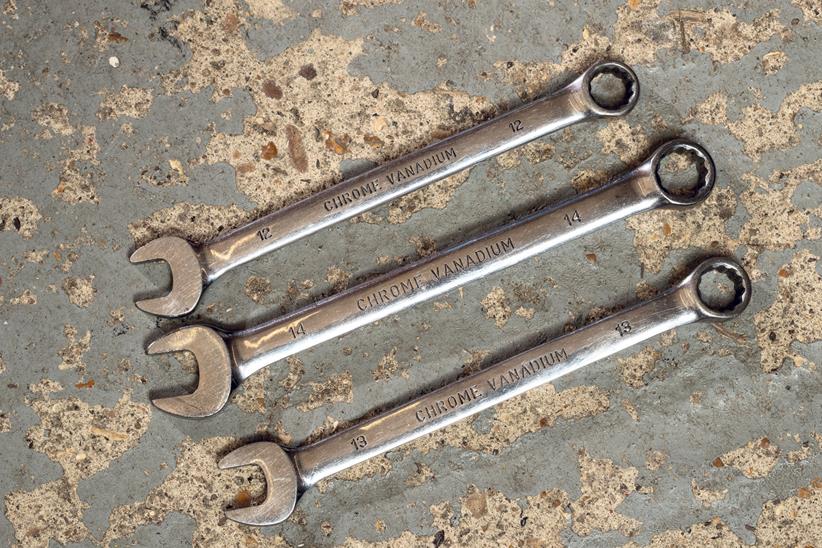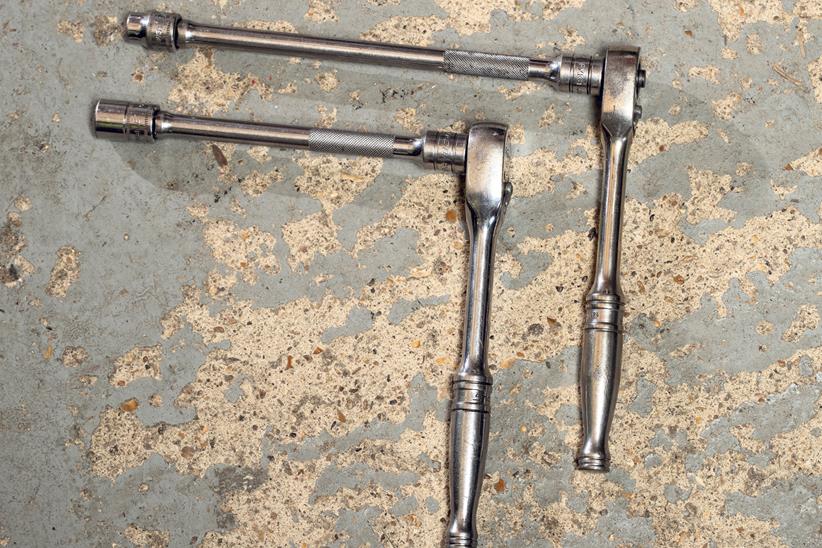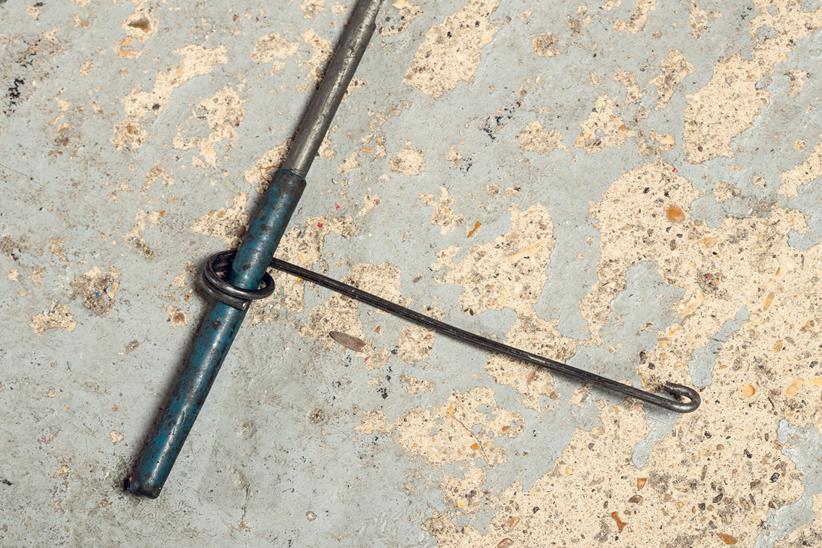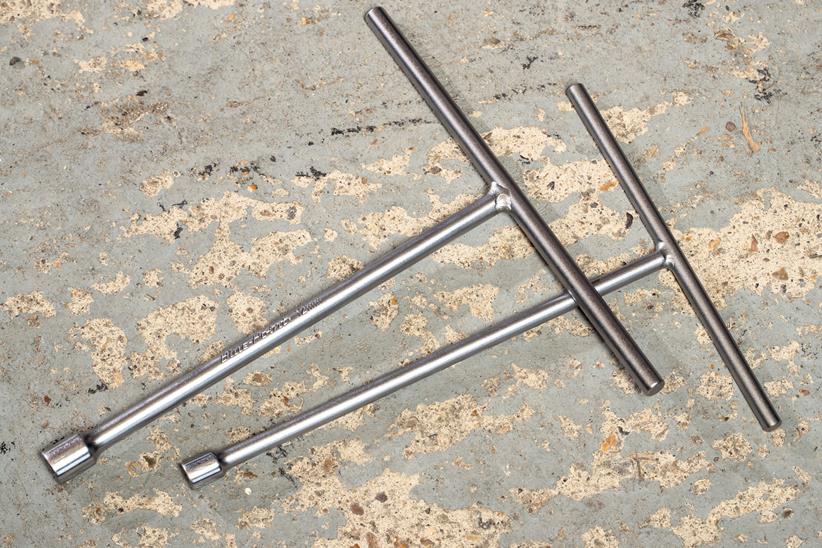Can do attitude? It's MCN's guide to replacing your motorbike exhaust silencer
Fitting a new motorcycle exhaust is usually a luxury rather than a necessity. It’s nice to slip off a clumpy, heavy OE silencer and slip on something altogether lighter and sexier. But sometimes you need to tend to an exhaust because something’s broken – or more likely rusted through.
In this article we take you through the process to change your bike’s cans for something much more desirable. We’re working on a Kawasaki ZX-10R, but most bikes should follow a similar sort of template. We’ve got a guide to some of our favourite cans here.
Motorbike aftermarket cans and the law
It’s legal to fit aftermarket cans but only if they’ve been approved for use on UK roads. Our tip would always be to buy direct from a franchised dealer – particularly if your bike’s in warranty still because then you’ll be able to keep the bike covered. Some cans on the market will void the warranty, so check.
Also, some exhaust systems are likely to be too loud for the road, and some authorities are clamping down on this already. It’ll need to pass an MOT too, so ensure it’s quiet and compliant enough to do so. Forums, garages and word of mouth from other bikes are all useful benchmarks here, but ensure you trust the advice before spending hundreds on a can that’ll get you pulled by the Police every time you leave home.
You’ll need to advise your insurance broker that you’ve installed an aftermarket exhaust, too. Use that phrase rather than ‘race can’ for lowest impact on the price of your premium.
The rules dealing with loud exhausts can be found at Regulation 54 (2) The Road Vehicles (Construction & Use) Regulations 1986 which deals with silencer/ exhaust system altered to increase noise and Regulation 97 of The Road Vehicles (Construction & Use) Regulation 1986 which deals with the avoidance of excessive noise.
There are limits to the amount of noise that motorcycles can make on public roads.
It’s illegal to modify the system to make a vehicle noisier
In relation to modified exhausts it’s illegal to modify the system to make a vehicle noisier after it has been ‘type approved’ (checked it meets environmental and safety standards).
The police can also take action if your vehicle’s silencer doesn’t work in the way it was designed or if you’re driving in a way that creates too much noise.
82-86 decibels is the current maximum permitted noise level for a motorcycle, the bracket depending on engine size. Most police forces use 90 decibels as the limit to take account for the effects of any wear and tear.
The penalties for breaking the law vary from a verbal warning to a non-endorsable fixed penalty notice for the offence of ‘silencer/exhaust system altered to increase noise’ (£50) to non-endorsable fixed penalty notice for the offence of ‘avoidance of excessive noise’ (£50).
The law part of this article was written in 2018 by Andrew Campbell, a Solicitor at Bikelawyer Motorcycle Accident Solicitors.
Andrew is MCN Legal Expert and has authored the MCN Law column for more than 10 years.
How to fit a new end can to your motorbike
1. Style, the law and what’s in the box?
![]()
Before you fit an aftermarket exhaust, you need to consider your type and style choices carefully and also make sure that it is legal for road use. Before you start removing anything from your bike, check the list of parts supplied against what’s in the box, making sure it is all there before you even consider picking up a spanner.
2. Read, read again and then lift
![]()
Although your can, link pipe and mounting bracket may at first glance look straightforward to fit, you should always check the procedure in the manufacturer’s fitting instructions – which may be in the box or listed on the firm’s website. When you’re confident in the process, put the bike on a paddock stand, ensuring it’s secure on a level surface.
3. Getting easy access to the area
![]()
Gain access to the exhaust mounting bolts by removing any ancillary parts and bodywork, storing them securely for later use. On bikes with side-mounted exhausts, like this Kawasaki ZX-10R, there is no need to remove additional parts to gain access, however other bikes will potentially need footrests and lower cowlings removing.
4. Unclamp, wiggle and be patient
![]()
Undo the clamp that secures the link pipe to the main exhaust. Because of its location it’s likely that there will be corrosion or rust around the clamp. Give it a squirt of penetrating spray before you attempt to loosen it. If it is tricky at first, don’t be aggressive; work the bolt backwards and forwards in small increments, adding additional penetrating fluid as required.
5. Loosen, lift and separate
![]()
On most bikes there is a bolt that fixes the silencer to the chassis – loosen, but do not remove this bolt. The silencer will still be attached to the linkpipe at this stage. Give the silencer a gentle twist, remove the loosened nut from the silencer bracket and the link pipe and can should come away.
6. Purging the pillion peg
![]()
Fitting a silencer to a sportsbike often means removing the pillion footrest bracket, and in its place there is a dedicated exhaust bracket. Undo and remove the pillion hanger and fit the new bracket. Don’t tighten it up just yet, this can be done last of all once you’re sure everything’s in place.
7. Brushing off any blight
![]()
The joining clamp has a gasket fitted to it – this will have been damaged on removal so needs to be replaced with a new one. Use a wire brush to clean all traces of the gasket away and do the same with the rest of the clamp and make sure any threads are rust-free. Lightly lube the threads and assemble the clamp, making sure the securing bolt or nut spins freely.
8. Bracket in place, but don’t overtighten!
![]()
Fit the joining clamp with the new gasket, then carefully offer up the new silencer and wiggle it into place. Check the position of the clamp, make sure the boltholes are lined up then fit the bolts, loosely at first. Another check of the silencer’s position and then tighten up the mounting bolts, followed by the joining clamp – take care not to overtighten the clamp bolt/nut.
9. Secure with springs
![]()
The silencer locates into the link pipe and is held in place by two strong springs. In our exhaust kit there is a special spring puller tool to help fit them. Loop one end of the spring into the silencer and the other end into the spring puller. Using a steady, strong force pull it back and loop onto the link pipe. Repeat with the other spring and twist if necessary to line them up.
10. Wipe, bounce and check for leaks
![]()
Tighten everything up to spec, and give the pipe a wipe down to remove any grease. Do a final check for clearance between the silencer and the swingarm. Start the bike up and make sure there are no signs of leaking exhaust gases ‘blowing’ by – you need to specifically look at the area where the joining clamp is located.
Kit for changing a motorcycle silencer
Spring puller
![]()
This little metal hook usually comes complete with your new exhaust and is perfect for extending the springs back far enough to hook between the end can and link pipe. If you don’t have a puller you can use pliers, but it’s a little more awkward.
T-bars
![]()
Great for small nuts, bolts, and fasteners, like the ones that secure your pillion footrest brackets. T-bars allow you to nip things up with enough feel to prevent you from damaging bolt heads. Use a torque wrench when needed.
3/8 sockets
![]()
Use whatever size sockets you need in conjunction with a ratchet to nip up the connecting jubilee clip between the end can and link pipe. Use just the right amount of force to tighten it up – overtightening will cause damage.
12-14mm spanners
![]()
Use a spanner to help isolate any nuts that you encounter in the fitting process as you tighten up the corresponding bolt.
Should I fit a single can on my V-twin?
The simple reason that the vast majority of V-twins use two-into-two silencer systems is that the power pulses produced by a V-twin in the combustion chamber are a lot stronger than the evenly spaced smaller pulses from a four-cylinder.
So they produce more noise every time they turn over.
Even if you decided to go for a ‘race’ can you’ll struggle to find one.
The problem is that those two big power pulses thumping through a single silencer will blow the innards out of your end can in short order.
That¹s not a problem on a race bike where it gets stripped down and rebuilt after every race, but I’d be seriously hacked off if I had to get my road bike¹s exhaust system repaired every three months.
Promoted: Get all the parts, tools and consumables you need for this job from https://www.mandp.co.uk/




























